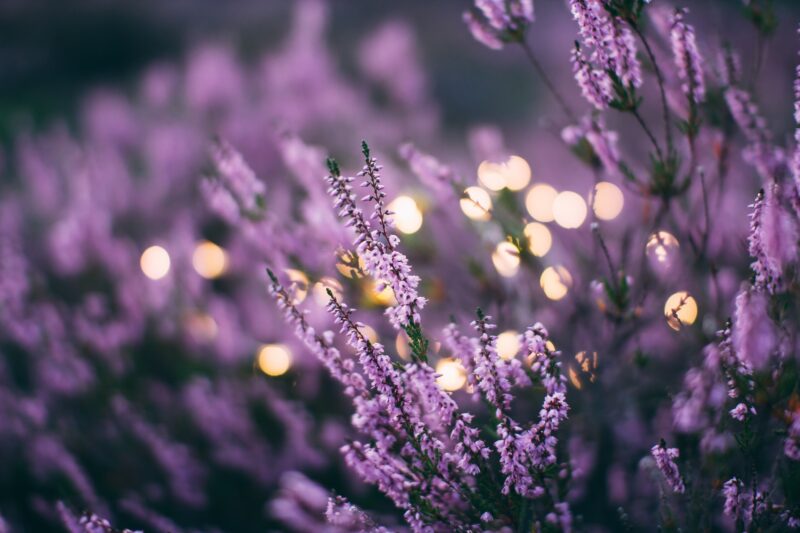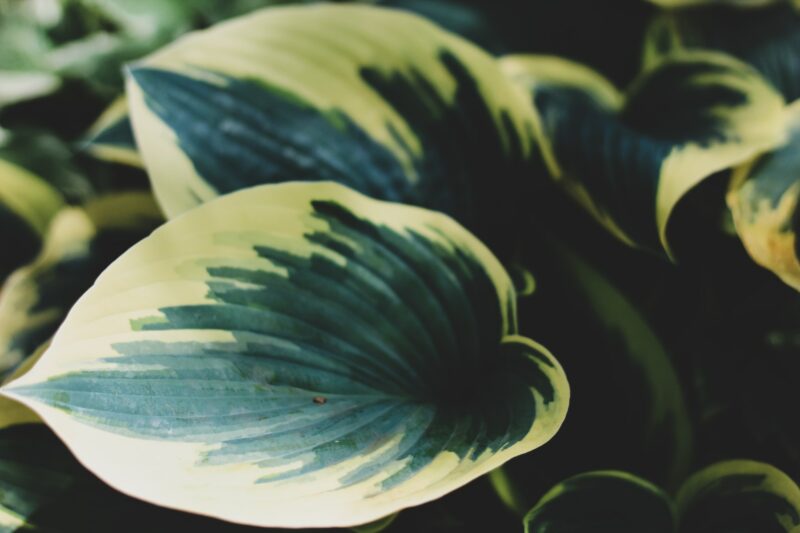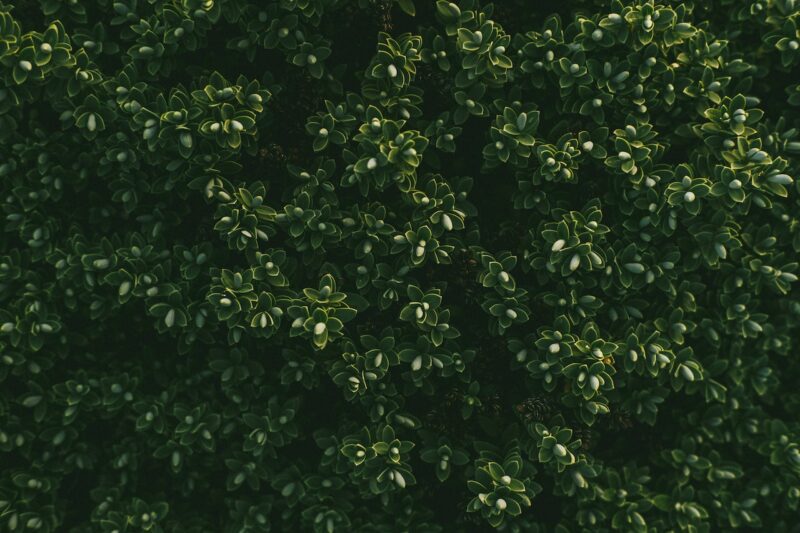
Lavender is a genus of flowering plants with 47 known species and is native to the Old World. It is presently found in Europe and Africa, the Mediterranean, southwest Asia, and India. It includes annual or herbaceous perennials, or shrub-like perennials. The leaf shape also varies across species: sometimes pinnate, sometimes toothed, sometimes dissected. In a lot of lavender types, the leaves are covered in fine hairs, which has essential oils.
The flowers are whorled and on spikes, rising above the leaves, and the color of the flowers range from blue, to violet, to lilac (and sometimes even black or yellowish). The calyx and corolla are both tubular.
Plant Uses
Lavender is often cultivated in temperate climates as ornamental plants for garden and landscaping. This is because of the prominent use of lavender in traditional medicine and in cosmetics. In fact, in ancient Egypt lavender was used as a part of the embalming process, specifically the soaking of shrouds in lavender water.
Lavender oil smells sweet and has a calming effect, and it is added to balms, perfumes, cosmetics, and other topicals. It can also be used in its essence in a diffuser.
For food, the dried buds can be used to amplify both sweet and savory flavors. Meanwhile, the stems can also be used in lieu of rosemary. The flavor also works well when blended with black, green, or herbal teas, as well as in baked good or desserts, especially with chocolate. Lavender can also be made into lavender sugar, as its flowers can yield a lot of nectar.
However, despite its many uses, lavender is not recommended when women are pregnant or breastfeeding. Its effects on hormone and possible gynecomastia is also not fully analyzed. Finally, lavender oil has been known to cause some eczema or dermatitis in some sensitive individuals.
Cultivating Lavender
Lavender is a great plant to have at home, whether as a herb or as part of your landscape. In your front yard, particularly at your walkway, they provide a fragrant and enticing smell. They can also be put as aromatic hedges along fences, and they are a natural pest repellent while also attracting bees and butterflies.
Lavender plants should be planted in spots that receive full sunlight and spaced far enough (1 to 3 feet away) to ensure adequate circulation. They grow well on well-drained soil, and the pH of the soil should not be acidic. Alkaline soil will enhance the smell of lavender. Watering should be done sparingly, as the roots can rot with overwatering. Mulch can be added to prevent weeds, but this should be kept away from the crown of the plant to prevent excessive moisture.
More importantly, lavender should be pruned once a year to ensure that they don’t become leggy and have a lot of overgrowth. Prune the dead stems and the green ones just above (half an inch) a bud. It is usually best to prune lavender in the spring or in midsummer, after the flowers have shown. Pruning will also encourage new growth.
It is best to harvest flowers early in the day and to select flowers that have not yet fully opened. After taking the flowers, they can be bundled up and hung upside down in a dry, dark space for about two weeks. If you intend to use lavender as part of your recipes, it is best not to use any pesticides or other dangerous chemicals.
Love lavender?
At Likas Landscaping, we take care of what you want for your garden, even as we bring our expertise for your benefit. Call us today to see what we can do to make your home the cozy, relaxing abode it should be.



